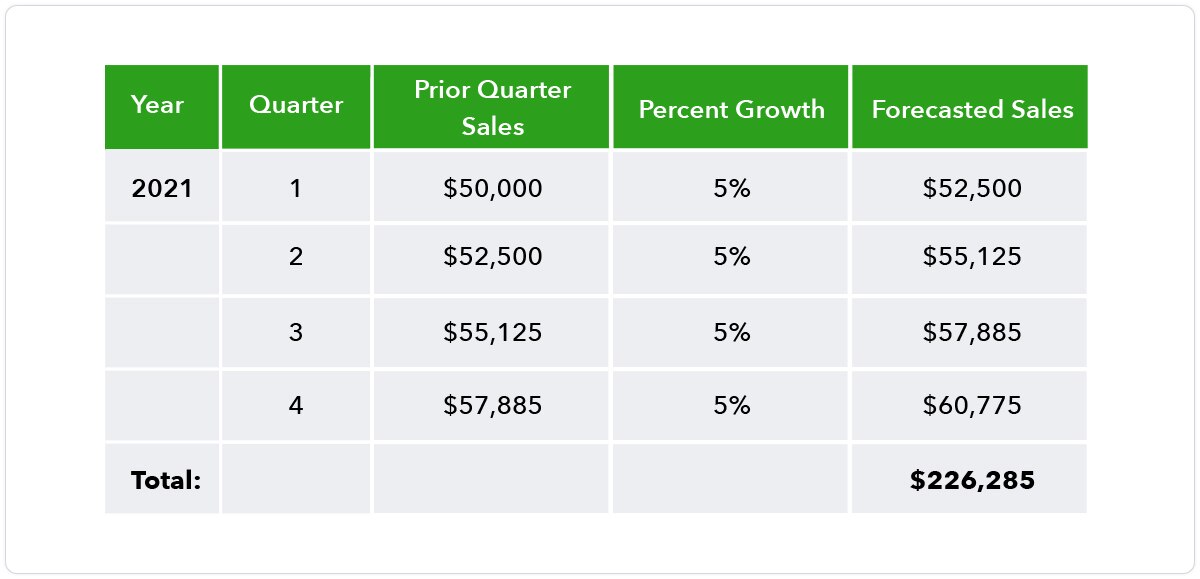How much will your business sell next month? What about next quarter? Or next year?
If you’re scratching your head right now, we get it. It’s tough to predict the future, but a sales forecast can help you get a handle on your upcoming sales revenue so that you can make informed and strategic decisions.
Sound too good to be true? It’s not. Here’s what you need to know to estimate your future sales—without throwing a dart at a board.














